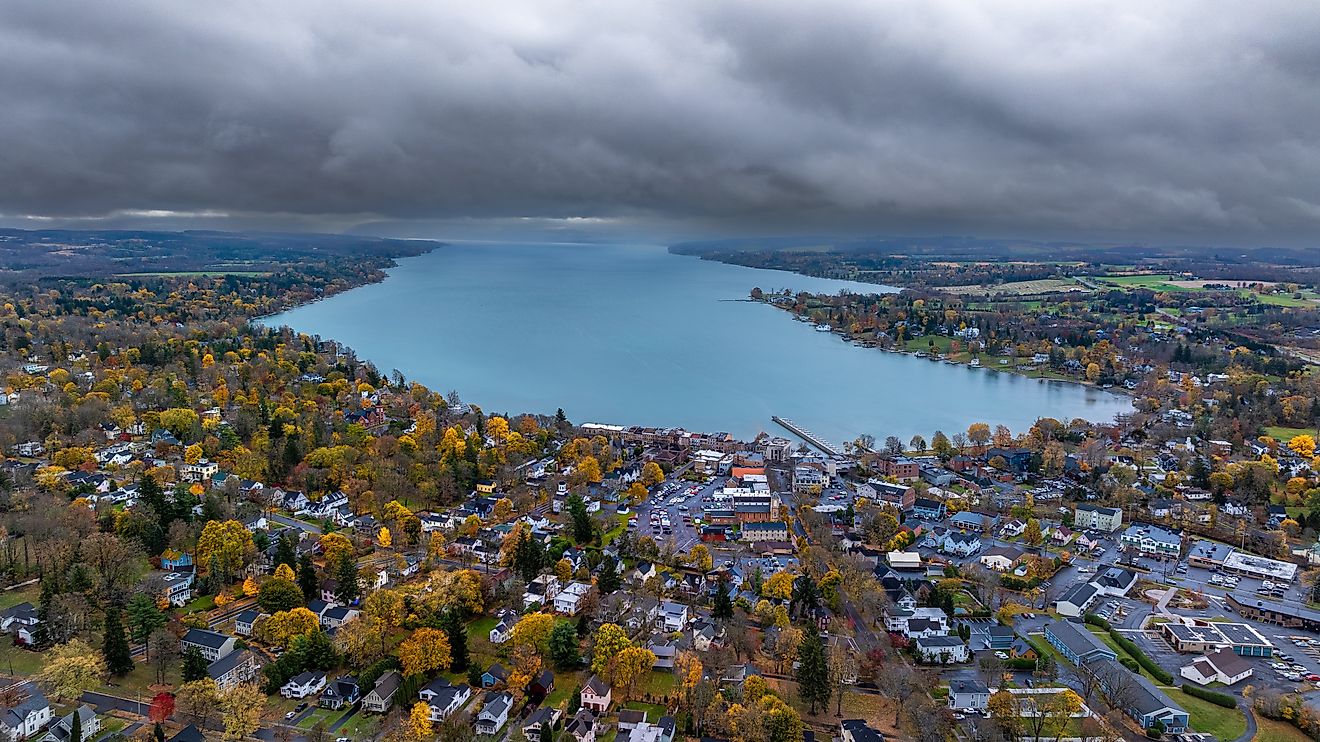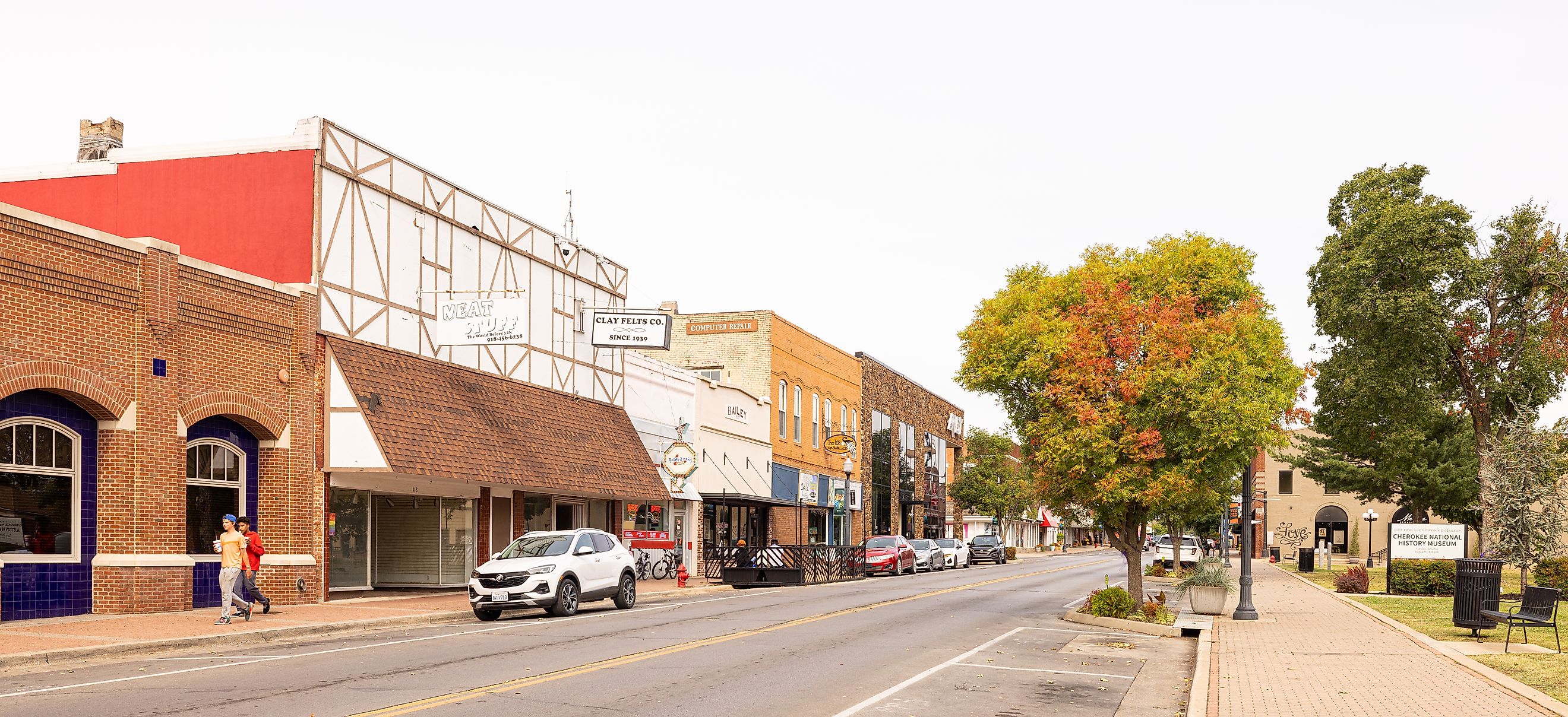
7 Most Unconventional Towns In Oklahoma
Oklahoma, which joined the Union in 1907 and takes its name from the Choctaw words for "people" and "red," reflecting its Native American heritage, is more than its grand fields and immersive cities. The state is also a jackpot of different and unusual small towns to explore. Each town has its own unique character, stories, and secret wonders.
From surprising sand dunes to quirky museums and circus connections, there are many unconventional towns to visit. It doesn't matter if you are someone gunning for an adrenaline rush, a history lover, or just a person wanting to discover hidden paths - these towns present an unmatched adventure. Get ready to be stunned by their weird traits, alluring qualities, and sudden delights. Read on to uncover seven unconventional towns in Oklahoma and their unique stories.
Waynoka
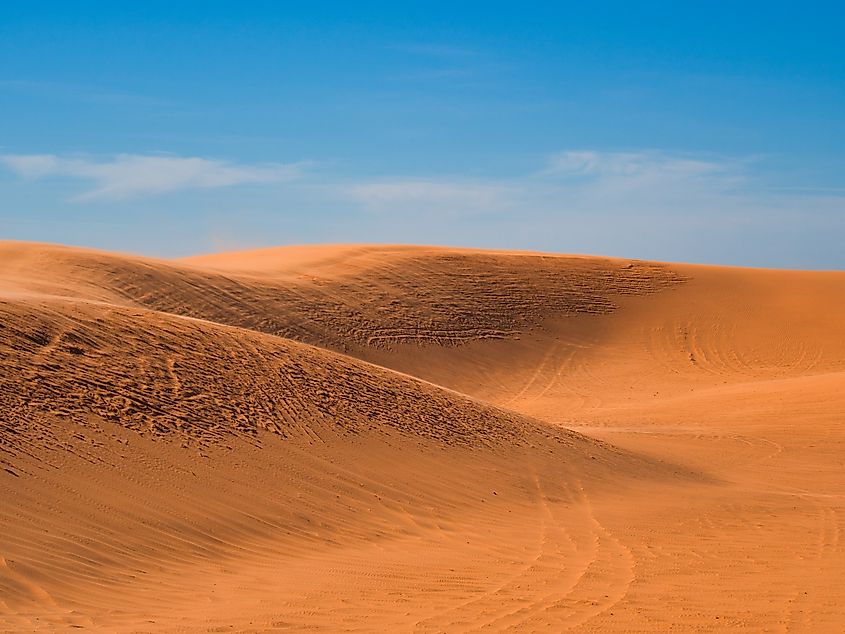
Sitting up in Oklahoma's northwest, Waynoka is a community that offers visitors a mix of scenic beauty and interesting local treats. The town stands out for its proximity to Little Sahara State Park, a destination with expansive sand dunes not typically associated with the region. This park attracts adventure seekers and those eager to experience a unique biome. People driving All-Terrain Vehicles (ATVs) or sliding down dunes on boards often head over there to turn their everyday evening into a thrilling outdoor ride.
In the town itself, classic brick buildings and vintage storefronts line Main Street. These structures harken back to Waynoka’s early-20th-century role as a railroad hub. The Waynoka Air Rail Museum showcases the community’s ties to aviation and rail history, giving visitors a glimpse into how this tiny settlement once stood at a crossroads of modern travel and commerce. Between the rustic charm of the downtown district and the surreal setting of the nearby dune park, Waynoka defies simple categorization.
Pauls Valley
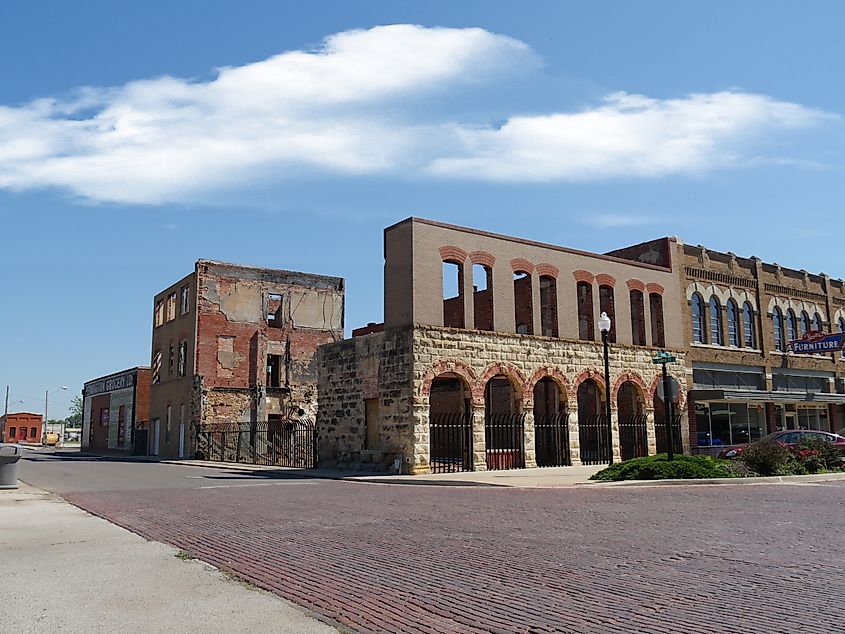
Pauls Valley has a look and feel you will not find in every American town. Few building materials have a visual lasting appeal quite like brick. In Pauls Valley, the town boasts 17,986 square yards of brick streets, offering a nostalgic stroll through downtown and reflecting a certain 20th-century charm. The town was established toward the end of the 1840s by Smith Paul and has a deep-rooted history in farming, especially in growing crops like corn, wheat, and more.
Pauls Valley cherishes its farming traditions with features like the Santa Fe Depot Museum. Here, people can discover the town's history and understand how trains helped move vital crops. Another important heritage spot is the Pauls Valley Historic District, which preserves 14 blocks of early 20th-century charm, while the nearby Lakeview Lavender Farm offers hands-on experiences in modern agriculture. Pauls Valley also has some unconventional landmarks to see. The Toy and Action Figure Museum, with over 13,000 action figures, highlights pop culture's evolution. The town also hosts the World Championship Watermelon Seed Spitting Contest, celebrating agricultural heritage in a fun and quirky way.
Tahlequah
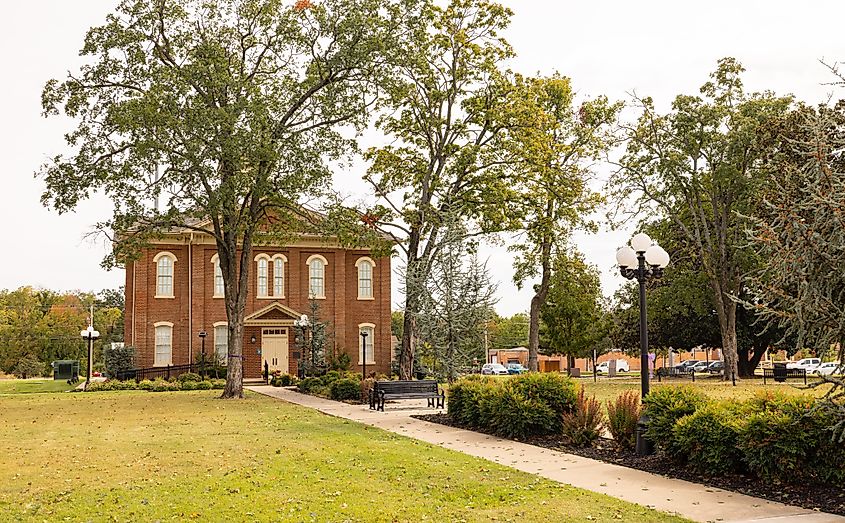
Tahlequah is the capital for not one but two Native American groups - the Cherokee Nation and the United Keetoowah Band of Cherokee Indians. As it's so important for these groups, you can learn a lot about their history and the ways of life in this town. Travelers can discover the Cherokee National History Museum, learn about their unfathomable journey known as the Trail of Tears, and immerse themselves in cultural celebrations such as the famous Cherokee National Holiday.
The town is found in the foothills of the Ozarks, greeting you with rich green landscapes and rolling hillsides, waving gently against the blue Oklahoma sky. Sparrow Hawk Mountain draws in adventure seekers and picture-takers captivated by stunning scenes from high-altitude views. On the other hand, the village is a key part of the Red Dirt music scene, an uncommon mix of country tunes, folkie soundtracks, and rock rhythms. You can experience this at the Diamond Stone Music Festival, held in September.
Alva
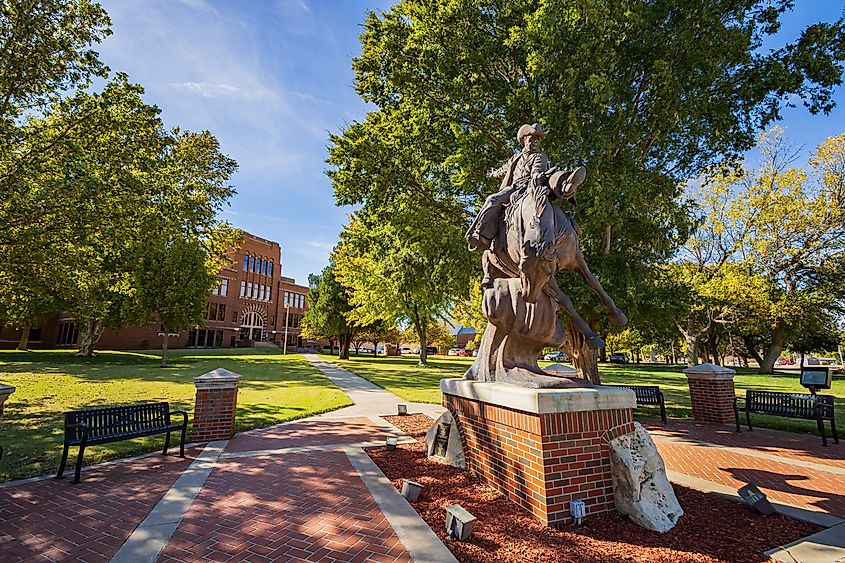
With an incredible collection of murals to see, Alva is an unconventional way to take in the regional arts. The town is home to 25 murals depicting the region's history, earning it the title "Mural Capital of Oklahoma." Visitors passing through can also stop at the Cherokee Strip Museum, where they can explore artifacts used by Native Americans from a time long passed. The town is also a quick trip away from the Salt Plains National Wildlife Refuge, which kids and rock aficionados alike would find fascinating. Here, you can dig for sparkly selenite crystals on huge, flat fields of salt - something no other place offers.
Here in Alva, art fans have even more opportunities at Graceful Arts Gallery and Studios. Here, you will find artistic marvels swapped out regularly, all created by local talents or artists from nearby areas—proving just how rich the town is when it comes to the arts. Lastly, for something totally different, the whole family can enjoy up-close experiences with a variety of animals, such as tiny donkeys, zebras, and even camels, at Bradt's Menagerie.
Broken Bow
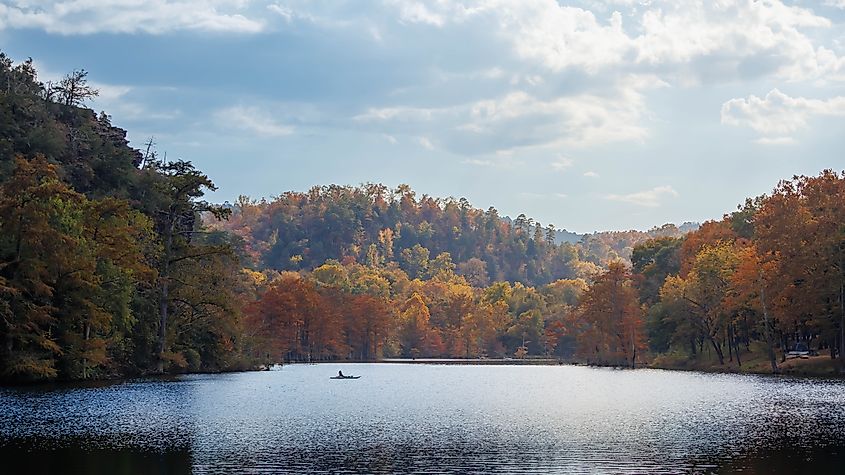
Need to have the outdoors wherever you go? When you are in Broken Bow, your needs will be met. People can stroll along beautiful paths, relish the pristine waters of the Mountain Fork River for canoeing, or try catching fish in the waters filled with trout. Broken Bow is unconventional since it combines luxury cabins with unspoiled wilderness. Some of those luxury cabins include River's Edge Cottages, featuring private riverfront views, or Rustic Luxe Cabins, known for their hot tubs and game rooms.
The town also highlights Native American heritage alongside its vibrant small-town culture. To take in a combination of Indigenous and regional history, visit the Forest Heritage Center Museum to learn about the region’s Choctaw roots and its role in the greater logging industry. The museum features dioramas and handcrafted wood art that highlight the area’s cultural legacy. Just a hop from the town is the Talimena National Scenic Route, spanning 54 miles through the landscape of Ouachita National Forest.
Pawhuska
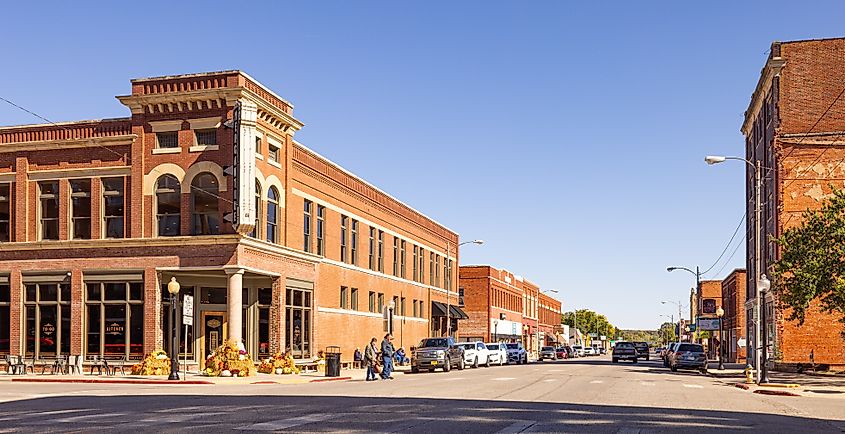
Pawhuska is a place where history and the wonders of nature link up in a unique, unconventional way. The town's story has been told lately through cinema and carries some significant narratives, such as Killers of the Flower Moon, giving visitors a chance to stroll amidst that remarkable piece of American history firsthand. Those who visit can discover the largest protected area of tallgrass prairie on Earth at the Tallgrass Prairie Preserve, with bison roaming these wild plains and walking paths moving through unsullied natural spaces.
Immersing oneself in Indigenous culture is possible at the Osage Nation Museum, which presents an interesting tour via art, photos, and historical items from one of America's longest-surviving tribal communities. Adding to Pawhuska's historic charm is the Constantine Theater, one of Oklahoma’s oldest operating theaters, along with beautifully preserved buildings and unique local shops that give the city center its character. No visit would be complete without enjoying delicious food or shopping for Ree Drummond’s famous home goods at the must-see Pioneer Woman Mercantile.
Hugo
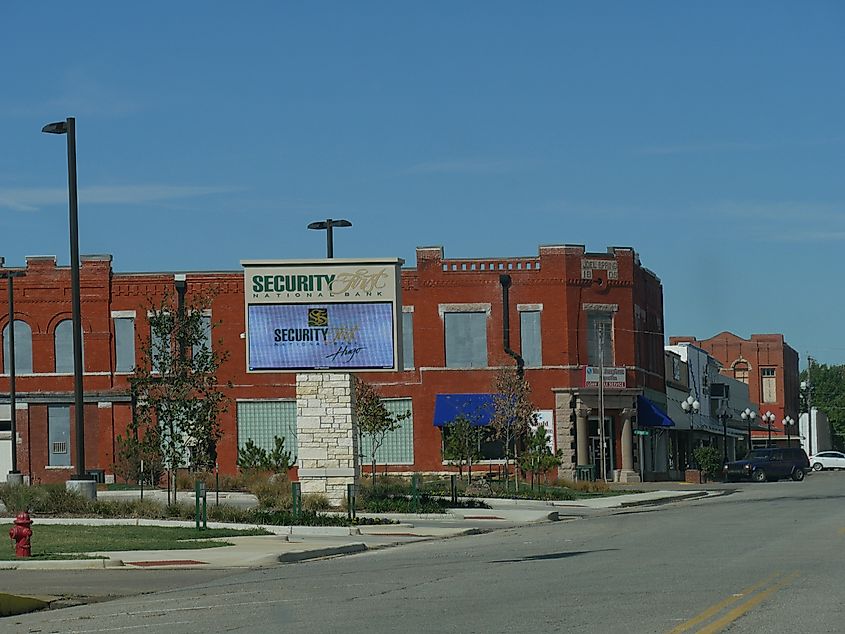
Founded in 1901 and carrying the name of French writer Victor Hugo, the town grew as a regional rail hub, evolving around the farming and processing of peanuts. The town also goes by another name: "Circus City, USA." For decades since 1941, it has hosted various circuses, such as Kelly Miller and Carson and Barnes, during their off-seasons, and this custom has stayed alive today. Interestingly, this town, known for circuses, also has elephants, but they are not here for the show. The Endangered Ark Foundation takes care of an assortment of Asian elephants, and visitors are able to stop in to see these beautiful creatures.
Hugo is also full of landmarks with a one-of-a-kind feel. Showmen's Rest and Bull Rider's Reprieve, within Mount Olivet Cemetery, honor Hugo's circus and rodeo legacy. At the same time, the 12-block Hugo Historic District, with 64 early 20th-century structures, preserves the charm of the town's railroad-era history and culture. Lastly, if you want to hit the outdoors, Hugo Lake State Park has a range of outdoor activities, including boating and camping, providing a natural retreat for visitors.
In Conclusion
Oklahoma's unconventional towns grab the attention of visitors with their rich history, diverse cultures, and surprising sights. From Waynoka's sand dunes to Pawhuska's wide open grasslands, each place brings its own exclusive journey. Come and check odd museums, or learn about the vital Native American past at the heart of the state. You can even come across elephants. These extraordinary jewels rethink traveling the state, giving you memories for a lifetime across Oklahoma’s varied sceneries.







